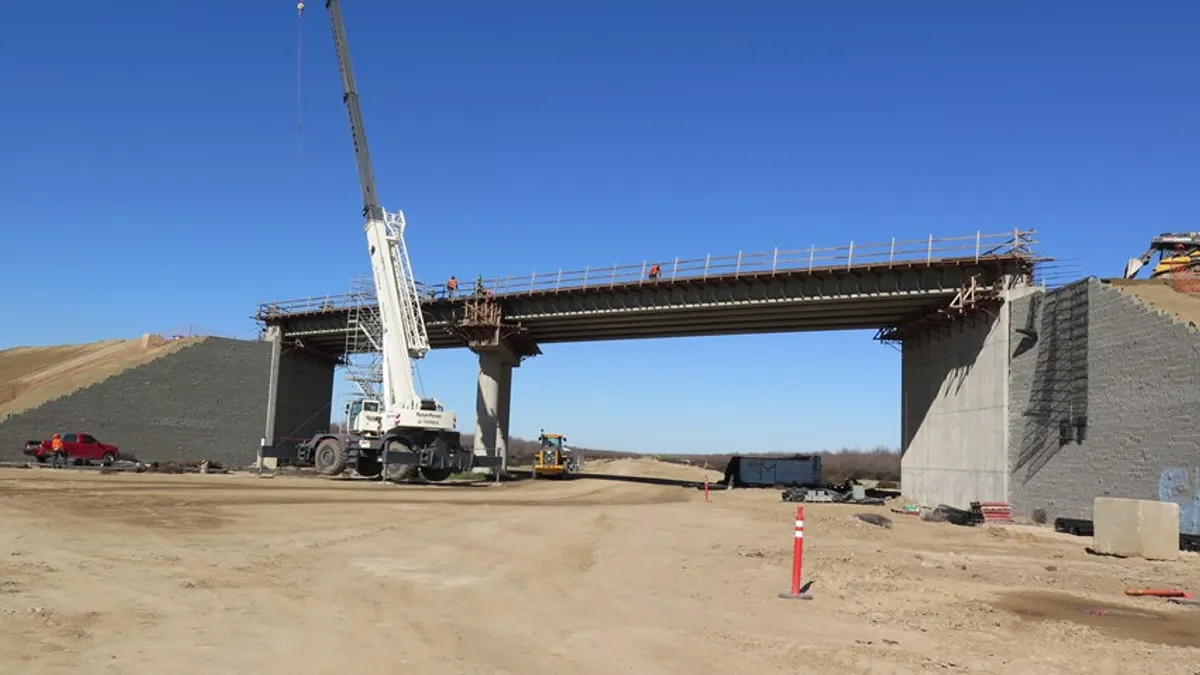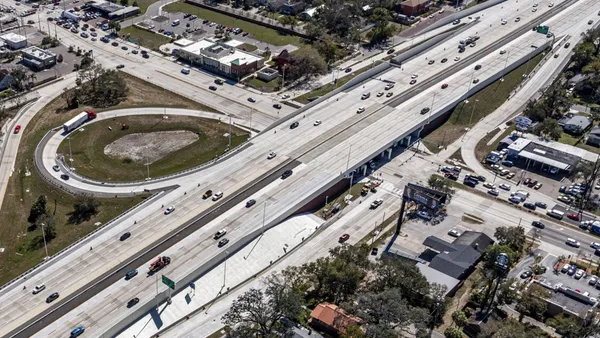The California High-Speed Rail Authority (CHSRA) has released its Draft 2020 Business Plan.
Although it is making progress and putting Californians to work on the bullet train construction, the costs for the full project have grown at least another $1.3 billion to an average estimate of $80.3 billion and future funding remains uncertain. The low end of the authority's estimate has the Northern California to Southern California route coming in at $63.2 billion, and, at the high end of the CHSRA's range, the project could cost as much as $98.1 billion.
The cost increases on the project, which the authority touts as a green alternative to traditional modes of transportation, are related to another schedule delay for service between Silicon Valley and the 119-mile Central Valley portion of the project between the cities of Merced and Bakersfield, according to CHSRA. The new draft assumes completion of the full line sometime in 2033. If the schedule is delayed again, the costs will likely rise.
During the last few years, the authority noted in its report, changes in leadership at the board level and to executive staff have resulted in progress. In fact, the authority said it has met or partially met 16 of the 17 recommendations that the state auditor made last year.
In addition, the CHSRA reported that:
- There are currently 36 active construction sites, 30 of those in the Central Valley.
- More than 3,500 construction workers have been engaged in work along the line, and 600 are working on the Central Valley portion.
- More than 520 small businesses have had involvement in the project thus far.
- Approximately 350 miles of the bullet train are under construction — 51 miles between San Francisco and San Jose; 171 miles between Merced and Bakersfield; and 130 miles between Victorville and the California-Nevada border.
The big question, though, is whether or not the Central Valley portion of the project will meet the Federal Railroad Administration's milestone requirements in order to keep a $929 million grant. This was the segment to which California Gov. Gavin Newsom committed soon after taking office, while relegating the remainder of the plan to the wait-and-see column.
The FRA said the CHSRA has not shown that it will be able to meet the line's Dec. 31, 2022, performance deadlines and that when Gov. Newsom tabled the lion's share of the project, the nature of the project was significantly altered. The authority is in litigation with the FRA over that decision. The administration has also threatened to claw back $2.5 billion of Obama-era funding.
While the Dec. 31 deadline is not the only reason stated in the FRA's decision to revoke the funding agreement, that achievement could assist the authority in demonstrating that it can indeed meet performance requirements. However, the CHSRA acknowledges in the 2020 draft plan that there are challenges it still must overcome along the Central Valley line. These risks include:
- Potential scope changes, which are subject to final third-party designs or additional requirements.
- Possible right-of-way acquisition delays.
- Ongoing negotiations with "remaining third parties."
- Utility relocations.
- "Isolated pieces of construction" that require different procurement and completion strategies.
Construction phasing along the Central Valley line will also be a challenge, the authority reported, as will be the completion of Phase 1 environmental clearances.
The $1.8 billion cost increase to the Central Valley portion of the project that the CHSRA reported last year, bringing that line's budget up to $20.4 billion, is also reflected in the 2020 draft. From the authority's cash projections, it looks like, right now, the Central Valley line will use up most of the cash projected through 2033.
The CHSRA is taking comments on the 2020 business plan and must deliver the final version to California lawmakers by May.












